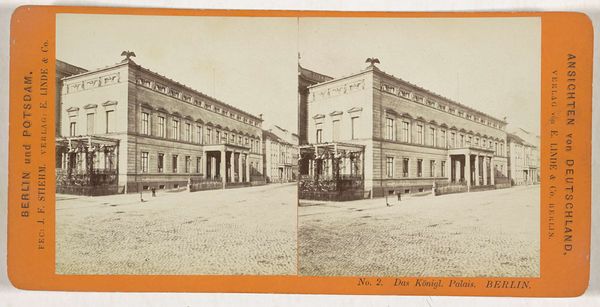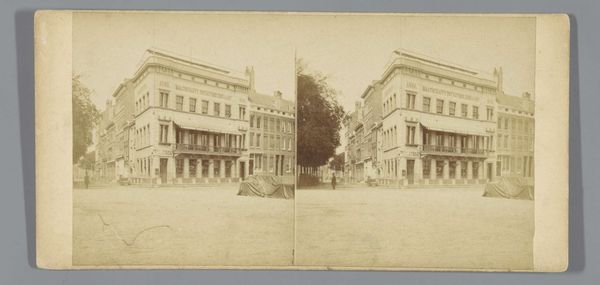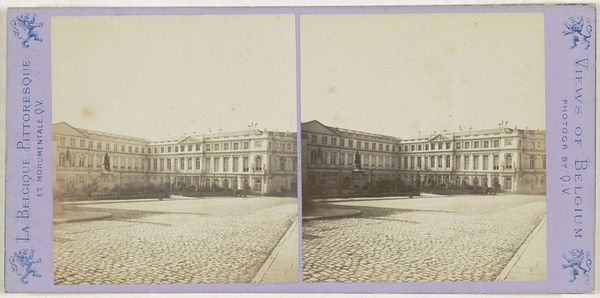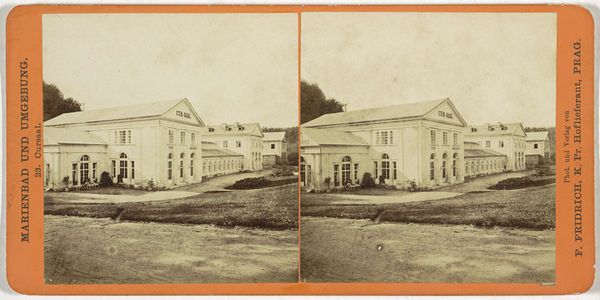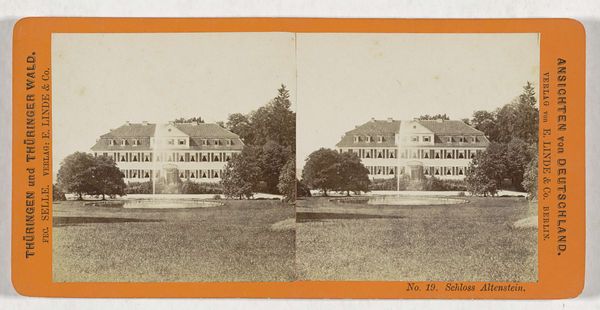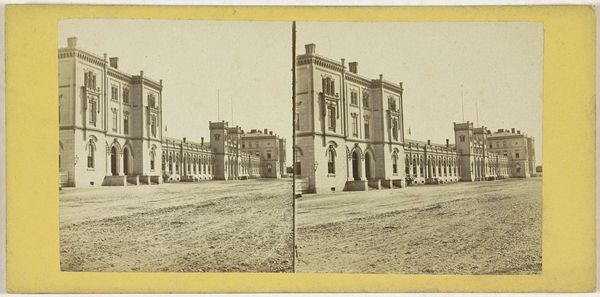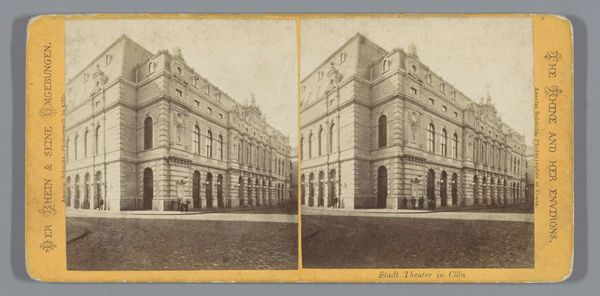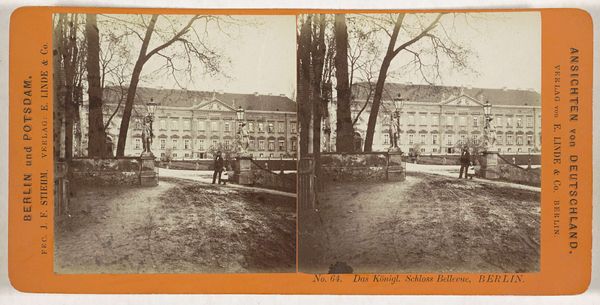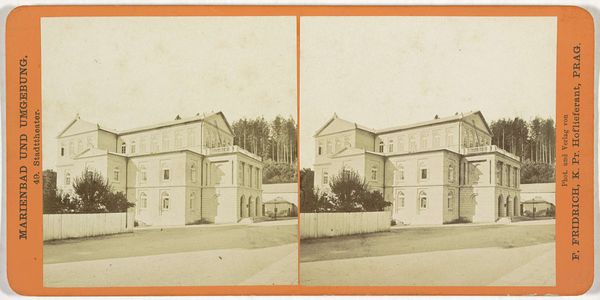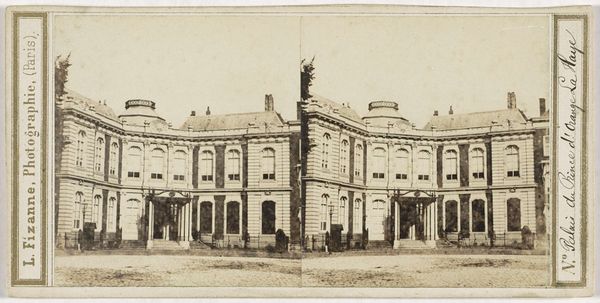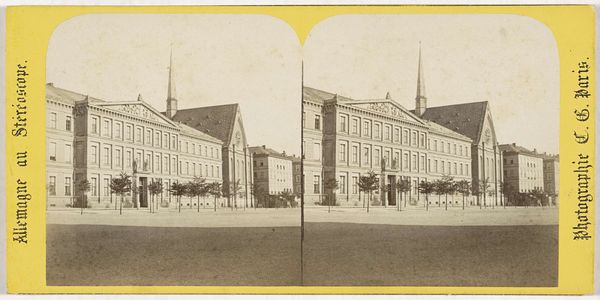
photography, gelatin-silver-print
#
landscape
#
photography
#
gelatin-silver-print
#
cityscape
#
building
Dimensions: height 86 mm, width 176 mm
Copyright: Rijks Museum: Open Domain
Editor: So, this photograph, "Alte Münze, Werderscher Markt, Berlin" by Johann Friedrich Stiehm, taken around 1868 to 1870, is quite striking. It feels almost like a stage set, stark and a little lonely, with those figures standing rather formally in the square. What captures your attention when you look at this image? Curator: The architecture itself becomes a character here, doesn't it? The stark, almost neoclassical façade of the Alte Münze, the Old Mint, projects power, order. But consider the symbolism inherent in a mint. It's not just a building; it's a physical manifestation of a state's economic authority. That perfectly paved open space, and the human subjects rendered as mere figures against the architecture... what statement might that make about the individual's place within a larger social or economic order? Editor: That's a fascinating point, especially considering the rise of industrial capitalism at that time. The individuals almost seem diminished. Curator: Precisely. Stiehm, likely unconsciously, captured a transitional moment. Photography itself, a relatively new medium, plays into this. Think about how it democratized portraiture, challenged established artistic hierarchies, but also, simultaneously, provided a tool for documentation, cataloging, even control. Does the stark, unromanticized style point towards anxieties around the individual facing increasing authority? Editor: It makes me consider how photographs were perceived then versus now. Today, we're bombarded with images, but back then, it must have carried a very different weight. Curator: Absolutely. This isn't a picturesque, idealized view; it's arguably quite clinical. Stiehm invites us, perhaps unintentionally, to examine the values being cemented, literally, in brick and mortar. What's your take on the lighting? Editor: Now that you mention it, the rather flat, diffused light adds to the sense of detachment. There’s little shadow to create drama or soften the scene. Curator: It certainly amplifies the stoicism. The lack of dramatic chiaroscuro contributes to the photo's almost bureaucratic objectivity. It shows the building's façade, the figures’ size… factual and rather devoid of the hand of the artist or any expressionistic effect. Editor: I had initially only seen the image's aesthetic qualities, but now I understand that the symbolism and socio-political context is integral to this photograph's weight. Curator: And Stiehm provides the space for us to engage in a symbolic excavation, looking deeper to ask what might have been under the surface.
Comments
No comments
Be the first to comment and join the conversation on the ultimate creative platform.
